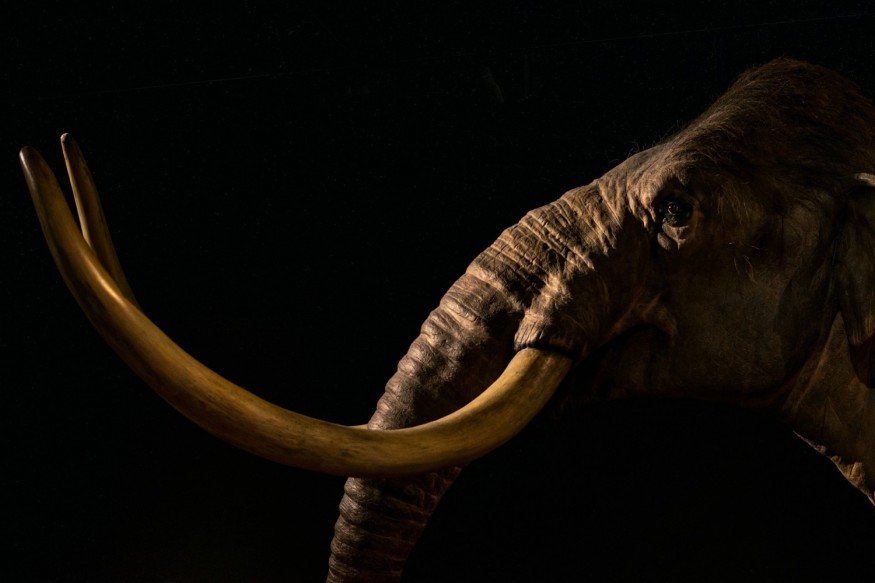Mammoth bones have been discovered by a local winegrower at a wine cellar in Gobelsburg, Austria, during renovation works. Austrian scientists, who consider the discovery as very important, estimated the bones to be approximately between 30,000 and 40,000 years old. This shows the bones date back to the Stone Age, a period when the prehistoric animals thrived in Europe.
The unearthing of the Gobelsburg mammoths also came with the discovery of stone artifacts, indicating that the ancient site of the wine cellar was once inhabited by humans.
Based on local reports, scientists believe that our Stone Age ancestors in the area killed the mammoths. These assumptions add to the mystery of how exactly humans hunted the now-extinct animals.
Mammoth Bones Discovered

Local winegrower Andreas Pernerstorfer found the Stone Age mammoth bones while renovating his wine cellar in Gobelsburg, located in the Krems district, west of Vienna. During a recent press release, the Archaeological Institute of the (OEAW) described the discovered as an "archaeological sensation" and the most significant find in over 100 years.
After finding the mammoth bones at the site in Lower Austria, Pernerstorfer first reported the find to the Federal Monuments Office. Afterward, the federal agency referred the winegrower to the OEAW. Since then, archaeologists from the Austrian Academy of Sciences have uncovered a layer of mammoth bones from mid-May. In addition, artifacts like jewellery were found adjacent to the cellar.
According to OEAW researcher Hannah Parow-Souchon, it is known that humans hunted mammoths but little is known about what methods they used. This assertion comes since excavation at the site indicates evidence of encounter between mammoths and humans, as mentioned earlier. For the meantime, examination of the bones will continue and will be sent to the Natural History Museum in Vienna.
How Mammoths Went Extinct?
Mammoths, which belong to the elephant genus Mammuthus, went extinct thousands of years ago due to various factors, including climate change, as pointed out by scientific literature.
One species, in particular, called woolly mammoths (Mammuthus primigenius), once roamed Europe, North America, and Asia, from 300,000 years ago to 10,000 years ago during the edge of the last ice age.
A small group of M. primigenius was the last known group of the species to survive approximately 3,670 years ago. However, the main cause of their demise remains unclear until this time. Several theories posited by experts regarding how mammoths went extinct range from being hunted down by humans to competition over food resources and loss of available food due to a changing climate.
Researchers from the University of California, Riverside, stated there are two hypotheses which potentially explains why a megafauna like the mammoths went extinct. The first hypothesis is climate change-driven temperature increase and the second hypothesis is excessive hunting by humans as our ancestors further expanded into new territories, which were once blocked by ice.
© 2025 NatureWorldNews.com All rights reserved. Do not reproduce without permission.

